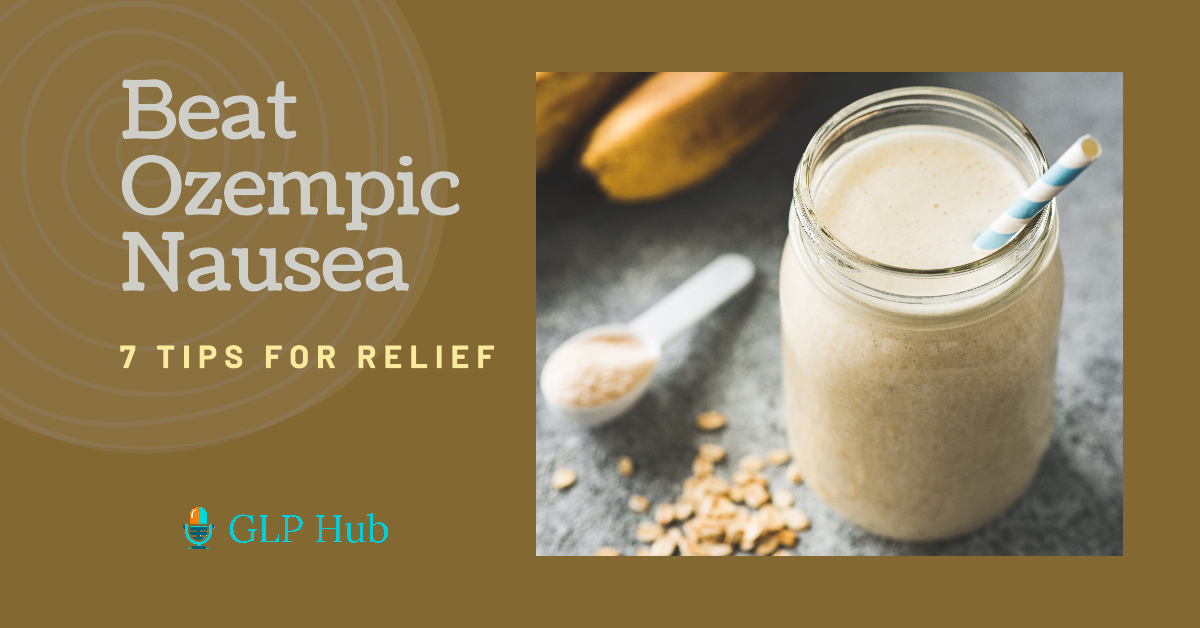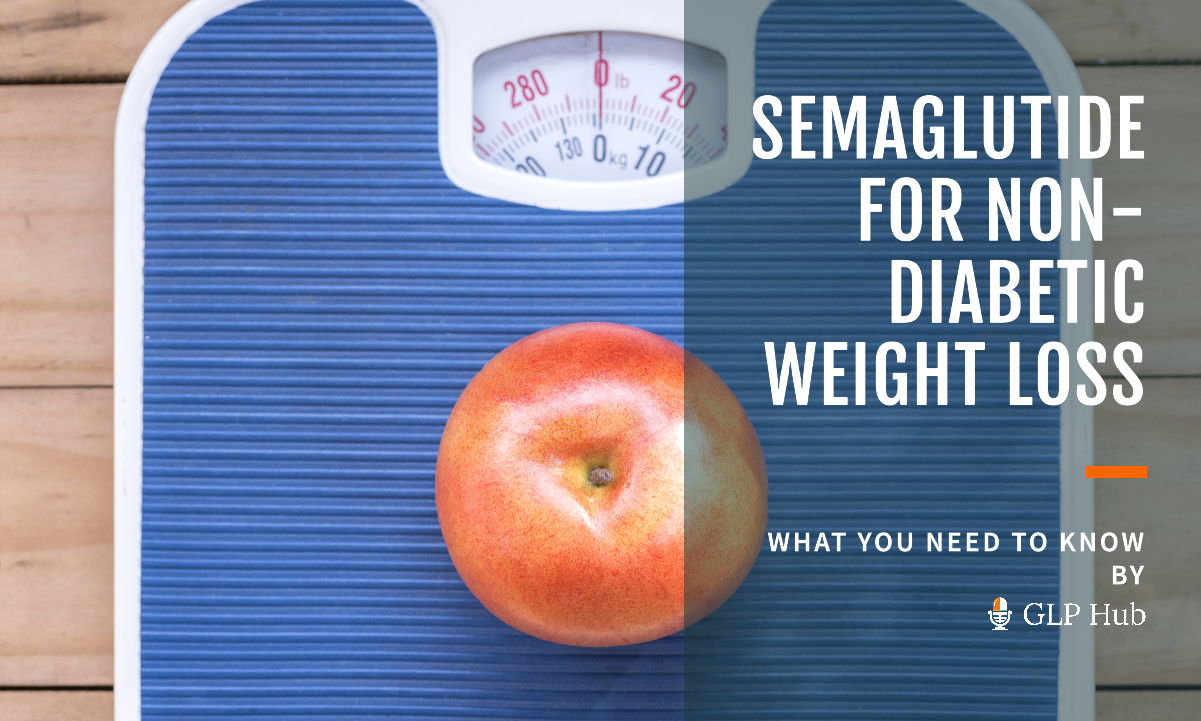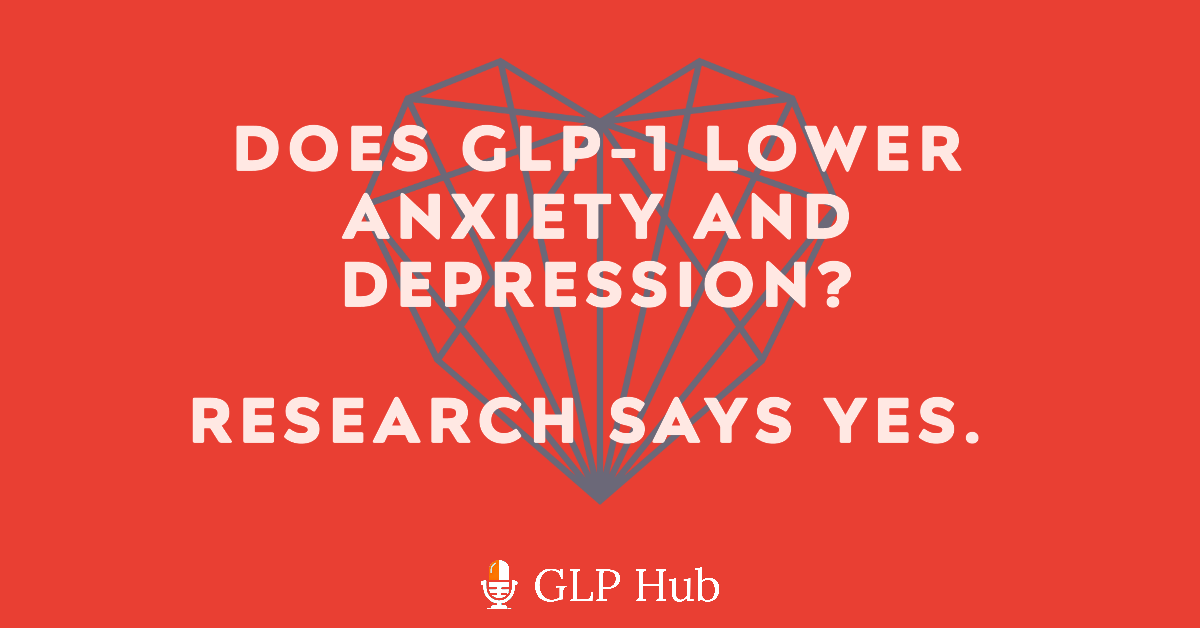You’ve just started on Ozempic for weight loss and the nausea side effect has got you questioning if it’s even worth it. Don’t give up just yet! The nausea should ease up over time. In the meantime, there are things you can try to make it more bearable.
This article will give you 7 practical tips to beat that Ozempic nausea so you can stick with it and see the amazing results. With a few small tweaks to your routine, you’ll be feeling better in no time.
Understanding Ozempic Nausea. What Causes It?
Ozempic works by slowing the emptying of your stomach and reducing your appetite. This means food stays in your stomach longer, which can trigger nausea.
Your body also needs time to adjust to the changes caused by Ozempic. In the beginning, you may experience nausea more severely as a result. However, as your body adapts over weeks and months, the nausea should gradually improve.
The good news is Ozempic nausea usually subsides over the first few weeks of treatment as your body adjusts. By following these tips, you can feel more comfortable until it passes. If symptoms persist for more than a month, consult your doctor about adjusting or switching your medication.
7 Tips to Help Relieve Ozempic Nausea
1) Stay Hydrated
Drinking plenty of water is key. Dehydration can make nausea symptoms feel worse, so aim for 6-8 glasses a day. Sip water slowly and steadily, don’t gulp it down.
2) Eat Bland, Low-Fat Foods
When your stomach is upset, bland carbs and protein are your friends. Things like rice, bananas, oatmeal and broths are gentle on your tummy. Avoid high-fat, spicy or acidic foods.
3) Eat Small, Frequent Meals
Have 5-6 small meals instead of 2-3 big ones. Large portions can overwhelm your stomach. Keep snacks like crackers, granola bars and peanut butter on hand.
4) Rest and Relax
Lying down can relieve nausea by reducing stimulation to your senses. Rest as much as possible, limit stress and avoid screens/bright lights. Deep breathing exercises help too.
5) Try Ginger
Ginger can naturally soothe an upset stomach. Have ginger tea, chew on ginger candies or gummies. You can also take ginger supplements, but check with your doctor first.
6) Peppermint or Chamomile Tea
Warm, herbal teas have a calming effect. The minty and floral flavors of peppermint and chamomile tea may also help reduce feelings of queasiness.
7) See Your Doctor About Anti-Nausea Meds
If your nausea is severe or persistent, an over-the-counter medication like Pepto-Bismol or Dramamine may help. For stronger relief, talk to your doctor about prescription anti-nausea drugs. They can also lower your Ozempic dose if needed.
✅ 7 Tips to relieve Ozempic nausea:
1. Say hydrated
2. Eat bland, low-fat foods
3. Eat small, frequent meals
4. Rest and relax
5. Eat ginger
6. Drink peppermint or chamomile tea
7. Ask your doctor about anti-nausea meds
What to Eat and Drink for Ozempic Nausea Relief
When the nausea from Ozempic strikes, having the right foods and drinks on hand can also help settle your stomach. Staying hydrated and fed will give you energy and help you feel better faster.
Ginger tea
Ginger is a natural anti-nausea remedy. Brew a cup of ginger tea by steeping a few slices of fresh ginger root in hot water. The gingerol in ginger helps reduce inflammation in the stomach and intestines that can trigger nausea. Sip the tea slowly to allow it to soothe your stomach.
Bananas
Bananas are bland, starchy, and high in potassium, all of which are good for an upset tummy. Potassium helps restore electrolyte balance while the starchy and bland nature of bananas is easy to digest. Slice a banana into yogurt or cereal, or enjoy one plain.
Broths and soups
Warm, salty broths and soups replenish fluid and electrolytes lost from vomiting or diarrhea. Chicken broth, miso soup, and vegetable broth are good options. Start with small sips to see how your stomach handles it, then drink more as tolerated. The warmth can be soothing for nausea.
Crackers and toast
Plain crackers, toast, and rice cakes provide carbohydrates and starch to boost energy without irritating your stomach. Low-fat, high-carb options are best. Look for crackers made from simple ingredients like rice, oats or wheat.
Probiotic foods
Probiotics introduce good bacteria to your gut, which can be disrupted when nauseous. Yogurt with live active cultures, kefir, sauerkraut, and kimchi are excellent sources of probiotics. Start with just a spoonful at a time to minimize discomfort. Probiotics may help reduce nausea over time.
🍲 Foods to try for Ozempic nausea relief:
– Ginger tea
– Bananas
– Broths and soups
– Crackers and toast
– Probiotics foods
Trying various combinations of these foods and staying hydrated will help relieve your Ozempic nausea. Be gentle with yourself and listen to your body. Nausea from medications often lessens over time, so these remedies can provide relief until your body adjusts. If symptoms persist for more than a few days, call your doctor.
Prescription Anti-Nausea Meds
If natural remedies aren’t providing relief from your Ozempic nausea, it’s a good idea to speak to your doctor about prescription anti-nausea medications, known as antiemetics. These can be very effective at reducing nausea for many people.
Phenothiazines
Phenothiazines, such as promethazine (Phenergan) and prochlorperazine (Compazine), are commonly prescribed antiemetics. They work by blocking dopamine receptors in your brain that trigger nausea and vomiting. These medications are available in pill, rectal suppository, and IV forms. Potential side effects include drowsiness, dizziness, and irritability.
5-HT3 Receptor Antagonists
Medications like ondansetron (Zofran) target serotonin receptors involved in triggering nausea and vomiting. 5-HT3 receptor antagonists come in oral dissolving tablets, pills, and IV forms. They tend to cause fewer side effects than phenothiazines but may still cause headaches, constipation, and fatigue in some people.
Other Options
Other prescription antiemetics include metoclopramide (Reglan), which works by speeding stomach emptying and blocking dopamine receptors. Or your doctor may prescribe a combination of medications with different mechanisms of action, such as a 5-HT3 receptor antagonist plus a phenothiazine. In severe cases, hospitalization for IV fluid replacement and medication administration may be needed to help prevent dehydration or electrolyte imbalance.
The key is to find an approach, whether one medication or a combination, that works for controlling your nausea with minimal side effects. Be open and honest with your doctor about how the medications are working and any problems you experience so adjustments can be made. Getting your nausea and vomiting under control will help ensure you stay properly hydrated and are able to continue taking Ozempic as prescribed.
FAQs
What can I do to relieve the nausea?
There are several things you can try to ease Ozempic-related nausea. Staying hydrated is key, so drink plenty of water and electrolyte drinks like Gatorade. Eating bland, starchy foods like rice, bananas and oatmeal can help settle your stomach. Ginger, whether in tea, candied or gummies, acts as an anti-nausea remedy for many. Peppermint or chamomile tea may also calm your nausea.
If your nausea comes on after injecting, lying down for 30 minutes after your shot may prevent discomfort. An over-the-counter medication like Dramamine, Bonine or Emetrol can also relieve queasiness for most people. As a last resort, your doctor may prescribe an anti-nausea medication if your symptoms are severe.
Will the nausea go away over time?
For most people, Ozempic nausea tends to subside over the first month of treatment as your body adjusts to the medication. It’s a common side effect, but temporary. However, the nausea may return if your dose is increased, but should again fade within 4 weeks. Be patient through the adjustment period, utilize the anti-nausea tips, and talk to your doctor if your discomfort is prolonged or intolerable.
What if I vomit after taking Ozempic?
Vomiting after an Ozempic injection may mean you received too high of a dose for your body to tolerate, at least initially. Call your doctor if you experience repeated vomiting; they may lower or temporarily stop your dose until the side effects improve. It’s also a good idea to schedule your injections for before bedtime or on a day off from work when first starting Ozempic in case you do experience nausea or vomiting.
When should I call my doctor about nausea?
Contact your doctor right away if:
- You experience severe or persistent vomiting, especially if it causes dehydration.
- Nausea prevents you from eating or drinking for more than 12 hours.
- You vomit blood or substances that look like coffee grounds.
- You have severe abdominal pain.
- Your nausea does not start to improve within the first month of treatment.
- You lose more than 3 to 4 pounds without trying due to nausea and vomiting.
Your doctor can determine if a dose adjustment, additional medication or temporary drug discontinuation is needed to manage your symptoms and ensure the best treatment outcome.
Conclusion
So there you have it, 7 practical tips and foods to try to get ozempic nausea under control.
Nothing will make it go away completely, but these strategies can provide some relief and help you push through the side effects. Stay hydrated, eat small snacks, avoid triggers, use ginger, take meds if needed, and give it some time to adjust.
Keep your doctor in the loop too in case things don’t improve. With a little patience and self-care, you can make your ozempic journey more comfortable. The benefits are worth powering through some temporary queasiness. You’ve got this!





